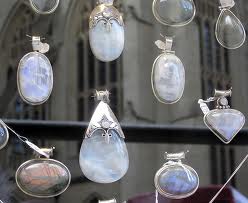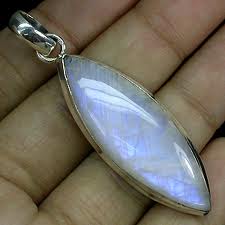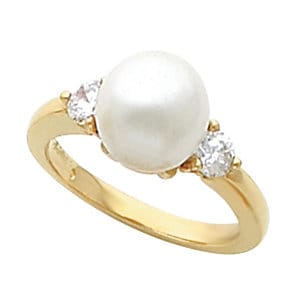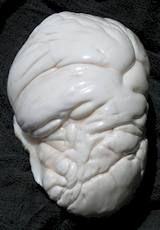… already the aspens are trembling again, and a new summer is offered me. I feel a little fluttered in my thoughts, as if I might be too late… It no sooner comes than it is gone. It has no duration. It simply gives a tone and hue to my thought. -Henry David Thoreau

June is a month with three interesting birthstones: Alexandrite, Moonstone, and the Pearl.
Let’s start with Alexandrite. It has a chameleon-like personality– an emerald by day, and ruby by night. In daylight, it appears beautiful green, sometimes with bluish or brownish tint. But, under a glowing light source, the stone turns reddish-violet or violet.
Alexandrite belongs to the chrysoberyl family. It’s a hard mineral, only surpassed in hardness by diamonds and corundum (sapphires and rubies). The unusual colors in Alexandrite are attributed to the presence of chromium in the mineral.

Alexandrite is a rare and expensive gemstone, symbolic of joy and good fortune. They can be found in Sri Lanka, Brazil, Madagascar, Zimbabwe, Tanzania, and Burma.
The stone is named after Prince Alexander of Russia, who was to become Czar Alexander II in 1855. Discovered in 1839 on the prince’s birthday, Alexandrite was found in an emerald mine in the Ural Mountains of Russia. Because it is a relatively recent discovery, there has been little time for myth and superstition to build around this unusual stone. In Russia, the stone was also popular because it reflected the Russian national colors, green and red, and was believed to bring good luck.
Shoot for the Moon
June’s second birthstone is the Moonstone, named because of its uncanny resemblance to the iridescent sheen of the moon.
Varying in color from clear to blue-white or peach, it was considered by ancient civilizations to be a sacred stone, bestowing the wearer with great spiritual understanding. Some believed that the Moonstone could even make a person invisible!
This gemstone belongs to the family of minerals called feldspars, an important group of silicate minerals commonly formed in rocks. About half the Earth’s crust is composed of feldspar. This mineral occurs in many igneous and metamorphic rocks, and also constitutes a large percentage of soils and marine clays.
The best moonstones are from Sri Lanka, but hey are also found in the Alps, Madagascar, Burma and India.
In India, the moonstone is considered a sacred stone and often displayed on a yellow cloth – yellow being considered a sacred color. The stone is believed to bring good fortune, brought on by a spirit that lives within the stone.
A gift of this stone is symbolic of health and longevity.
The best for last… Pearl
Unlike most gemstones that are found within the Earth, pearls have an organic origin. They are created inside the shells of certain species of oysters and clams. Some pearls are found naturally in mollusks that inhabit the sea or freshwater settings such as rivers. However, many pearls today are cultured-raised in oyster farms that sustain a thriving pearl industry.

Long ago only those with royal status wore pearl jewelry, but eventually these gems were seen among all classes of people. They continue to be viewed as a mark of taste and refinement as well as a symbol of purity, and they are often given to celebrate a marriage or the birth of a child. Pearls are nature’s perfect gift, suitable for all ages, and elegantly worn with everything from jeans to an evening gown.
Pearls possess a uniquely delicate translucence and luster that place them among the most highly valued of gemstones. The color of the pearl depends very much on the species of mollusk that produced it, and its environment. White is perhaps the best-known and most common color. However, pearls also come in delicate shades of black, cream, gray, blue, yellow, lavender, green, and mauve. Black pearls can be found in the Gulf of Mexico and waters off some islands in the Pacific Ocean.
The largest pearl in the world, weighing 14 lbs is known as the “Pearl of Lao Tzu” or “Pearl of Allah” because it resembles a turbaned had. It was found off the coast of Palawan and is valued at nearly 60 million dollars! Wow, that must have come from one big clam!!

Pearls, according to South Asian mythology, were dewdrops from heaven that fell into the sea. They were caught by shellfish under the first rays of the rising sun, during a period of full moon. In India, warriors encrusted their swords with pearls to symbolize the tears and sorrow that a sword brings.
Pearls are simply beautiful and come in a variety of styles. Featured below are some of our current classic and contemporary favorites that are not only fashionable, but affordable:














